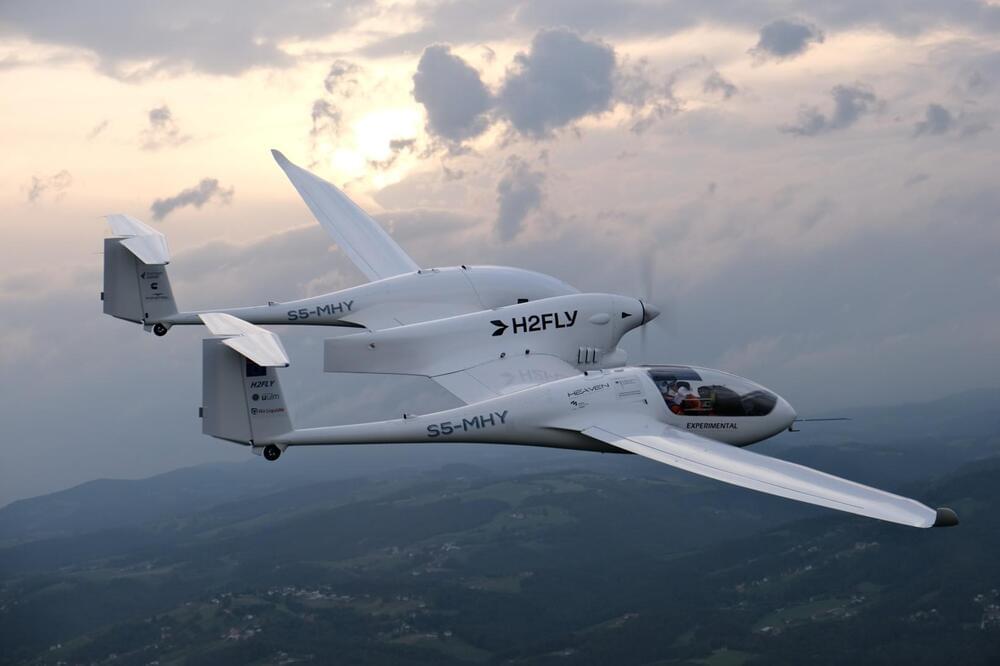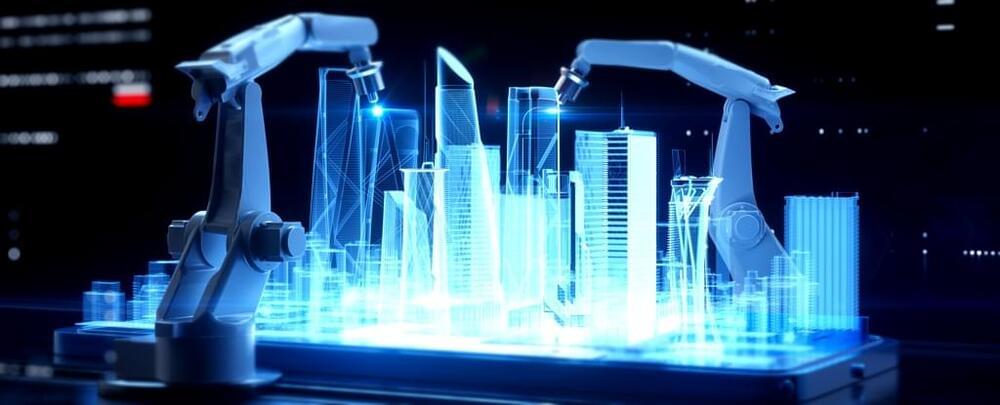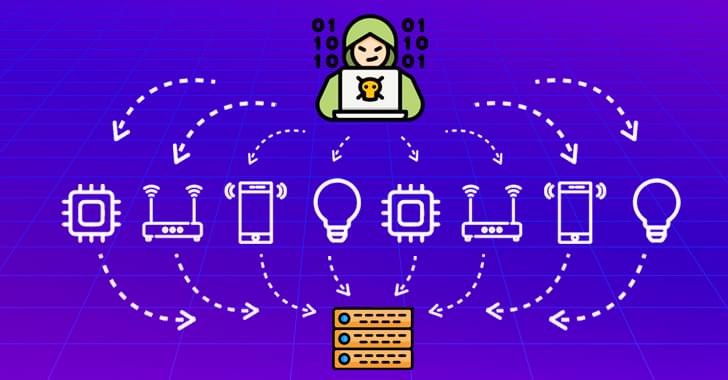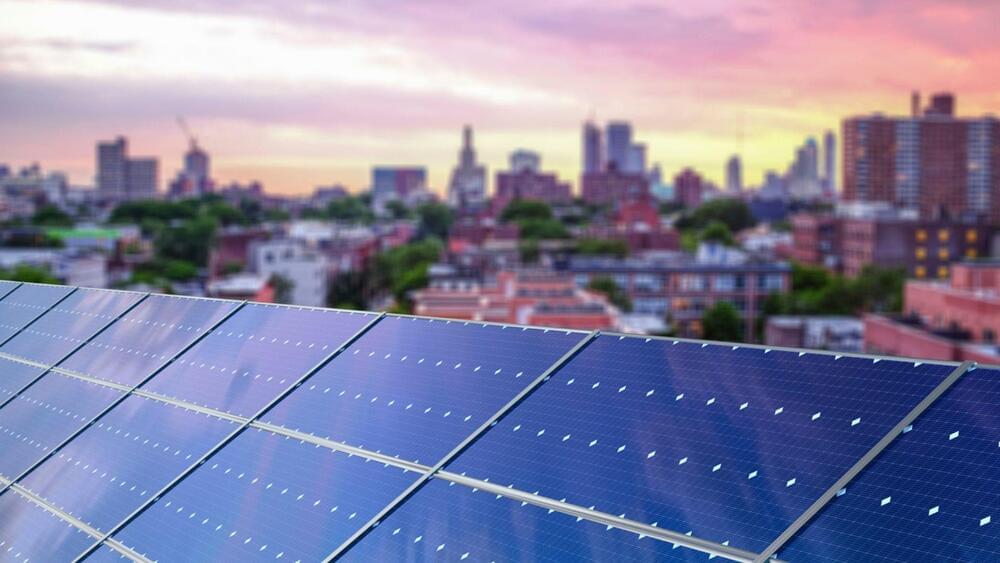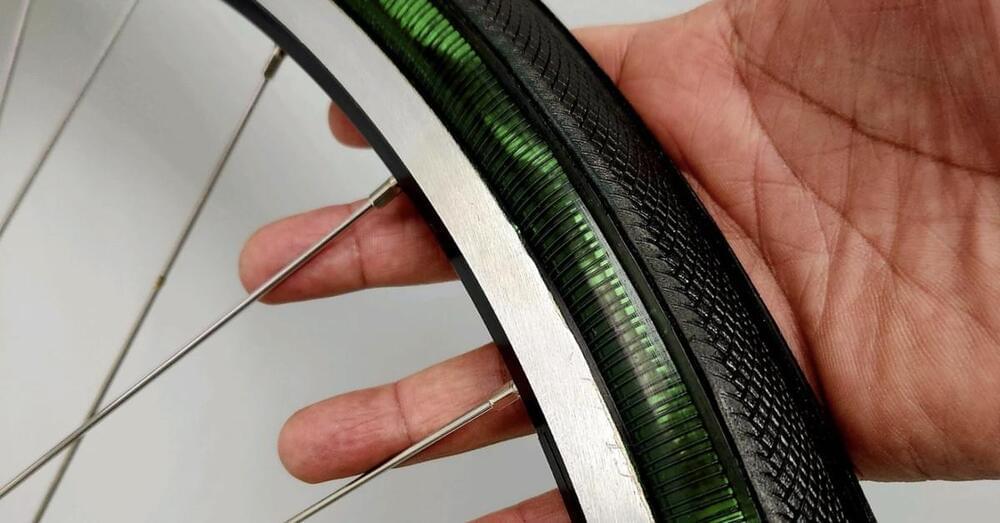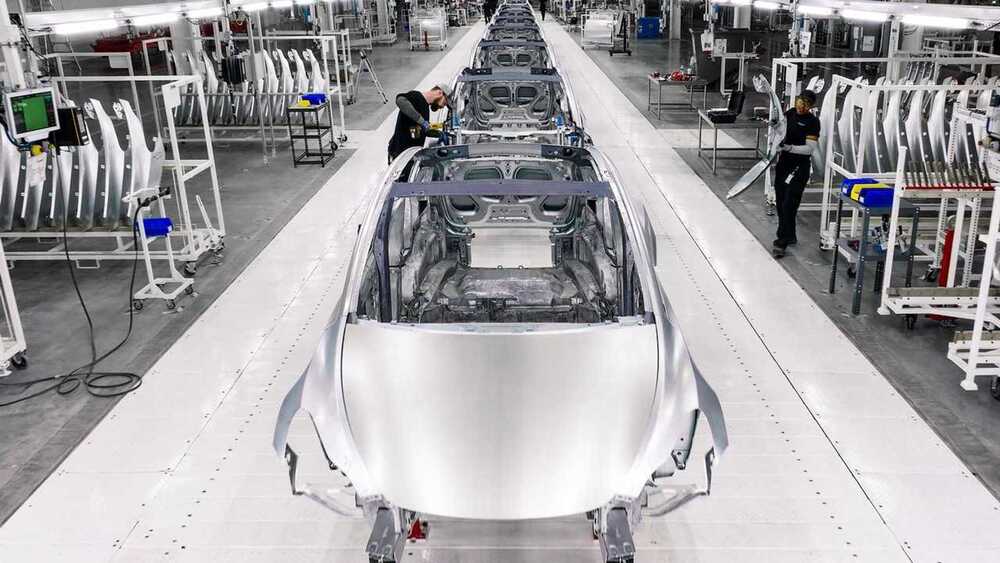At a somewhat small and unassuming airport in Maribor, Slovenia, German hydrogen propulsion startup H2FLY has quietly been building up to a major milestone in zero-emission aviation over the summer. And all the hard work has come to fruition, with the successful completion of the world’s first crewed liquid hydrogen-powered flights.
Before any aviation history enthusiast out there goes “but what about the Tupolev Tu-155?” — yes, the Soviets did try out liquid hydrogen as fuel 35 years ago, but only for one of the three engines. In contrast, H2FLY’s HY4 has now operated using only liquid hydrogen (as opposed to the gaseous kind) as fuel, relying solely on the hydrogen fuel-cell powertrain for the entire flight.
